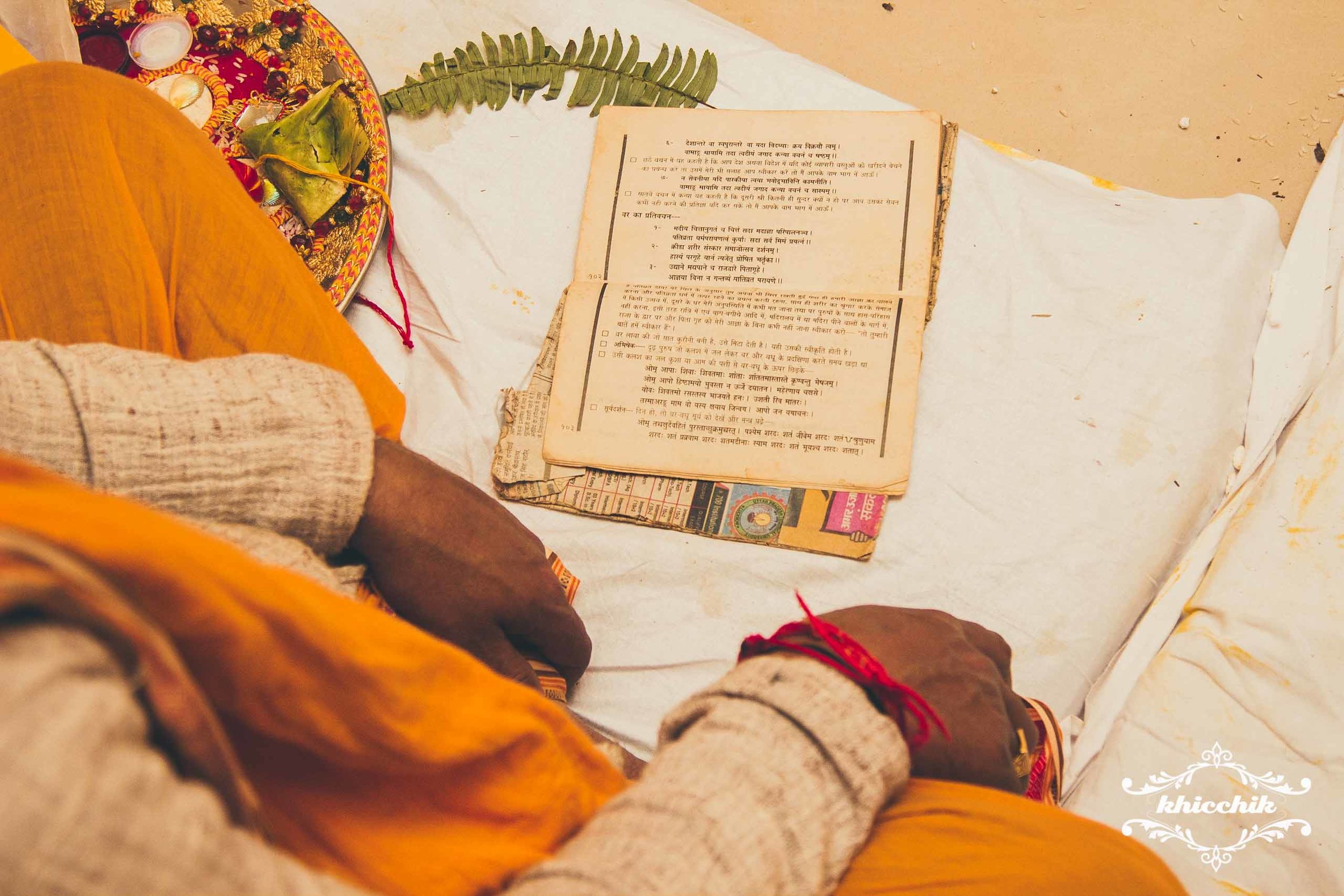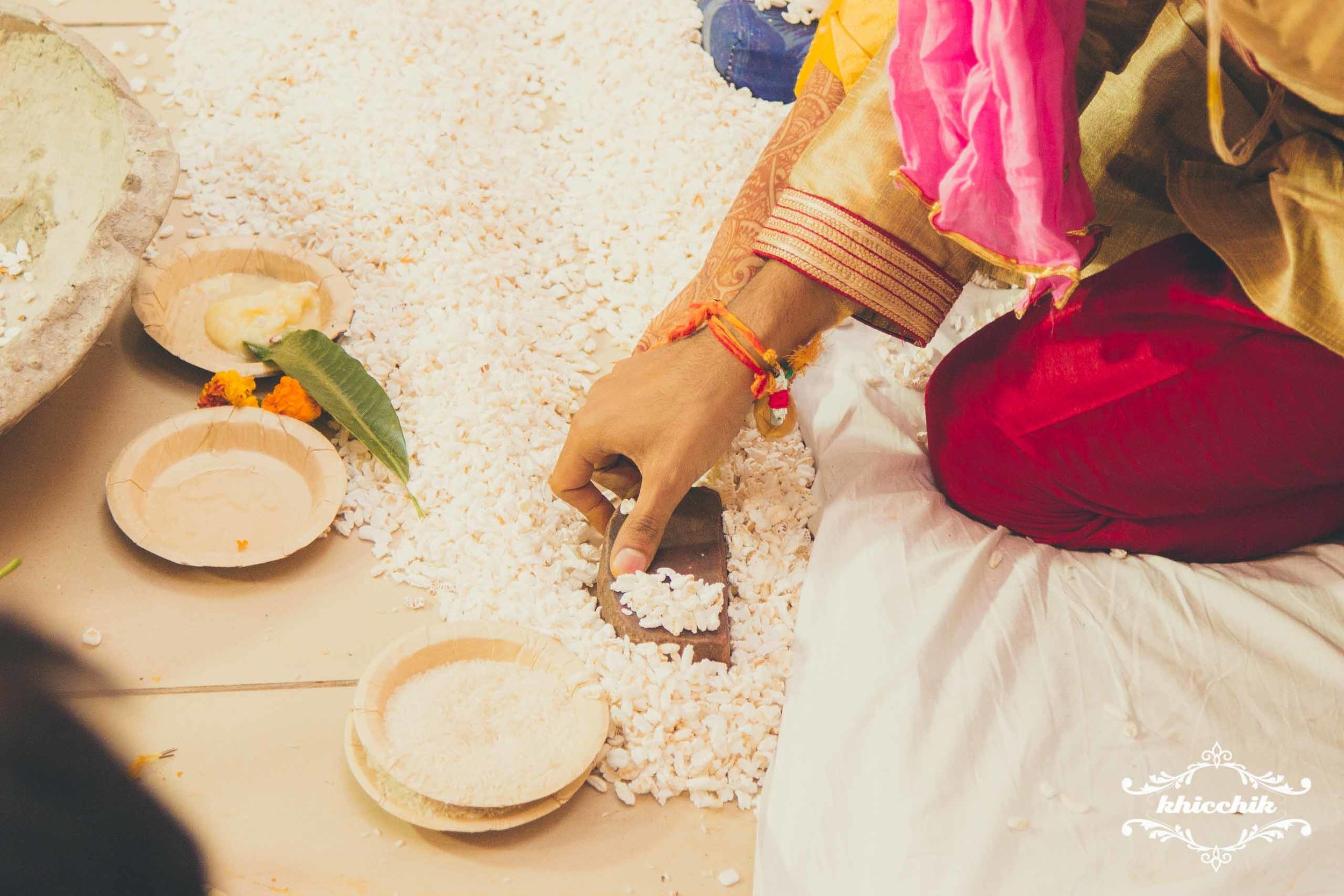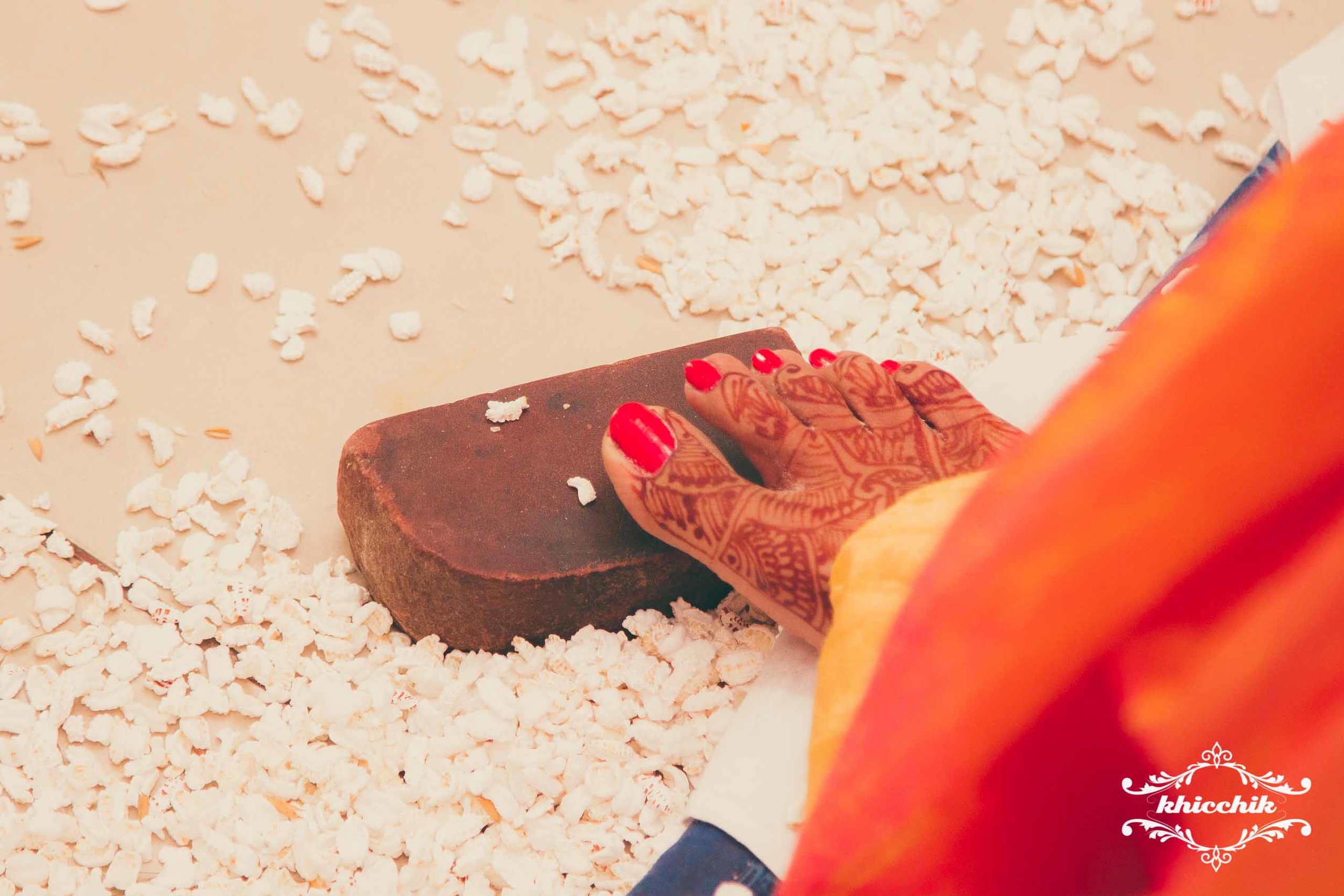I get a lot of calls from prospective clients for weddings and events, and one question or specification comes up almost without fail is, "Do you also do traditional photography?" or "We want candid and traditional both!" and each time I take a couple of seconds off to reply to these question.
I know where it comes from and how these innocent uninitiated clients have been led to believe that Candid photography is the more "high-end type" of photography with shallow depth of field, saturated colors, dreamy lights and expensive equipment whereas Traditional photography is the one with straight posed photographs with harsh head on lights. So let's clear this myth and make these conversations a lot more easier. If we check the dictionary, the word Traditional means 'a long established way' , and Candid corresponds to an informal, non-posed photo, which if I check the wedding album of my parents when the 'candid photography' wasn't in vogue, have multitude of, and I am sure you will find them too in your old family albums. The so called candid photography in vogue which you see marketed extensively on online blogs and Facebook pages also have posed pictures of the bride and couple portraits, so aren't they traditional too?
A picture from my parents' wedding album which surely seems candid. The photographer would be called a traditional photographer today.
One more example of a photo taken on the fly.
I agree that a large chunk of the photos were posed, but not necessarily because of an approach but because of the limitation of lights and film speed back then, but that didn't mean, dead as rock subjects, it has a lot of photos which captures the revelry beautifully.
These photos are from the year 1984. I am getting an itch to hunt down these photographers who had captured the event so beautifully. They were called from Saharanpur to Lucknow for the wedding.
Now here are a few examples of posed pictures which I have taken during weddings . They were primarily taken during the portrait sessions and couple pictures which is an essential part of a wedding album. A purely candid photographer wouldn't do that and will try to capture those moments of the couple by keeping a keen eye and not letting them know when he takes the pictures, it may or may not translate into masterpieces depending on the proceedings on that day.
One more very interesting trend that has cropped up is to use shallow depth of field which makes the background significantly out of focus and gives a look which is similar to what you see in the close ups of actors in movies. It is a very cool effect and pops the subject out from the background and gives a very dreamy feel.
Shallow depth of field helps a lot to bring focus to a particular piece in a photo but is not the only trick of the trade to do so. I feel that overuse of shallow depth of field is a sign of a lazy photographer who doesn't want to work on his composition because placing a subject in context with the foreground and background is very important. A good composition will do wonders and much more while bringing focus on a subject. Ask any photojournalist about it and he'll take you out for a coffee. I happened to shoot a re-wedding of a photographer couple and during the makeup session I had this same conversation with the bride It was such a delight that she believed the same and I told her how I shot her husband's mehendi ceremony in f16 ( keeping everything focus) to acknowledge what was happening there, to give a feel of the overall environment of the day and the place, not just to make him good and isolated from everyone.
A scene where I felt taking everybody in account was very important because this is what he said, "Middle aged women groping you naked in full view of the public".
And there was a time where I just wanted to focus on the bride's eyes.
Then why this demarcation? It might just be a case of wrong nomenclature here but can we just do away with this and know the type of photographers with their style apparent in their portfolios? Wedding photography is a mixture of many different genres of photography which includes photojournalism, portraiture, fashion, and lifestyle. The photographer or the team which is apt in more of these departments with an artistic vision more aligned with your taste(which is the most important part IMO) is better suited for your special day.
Many of my clients come with an understanding that a traditional photographer will shoot the group shots of the guests with the couple on the stage and a 'documentation' of the ceremonies as it supplements a candid photographer which in fact is quite opposite from the reality. Having too many teams create a tussle among the photographers for the best spot and hushed arguments during the ceremonies.. Even while trying a different composition, the other photographers would be in the frame and rarely would listen to step back a little for some time. It is optimal to hire one team to cover the wedding from both the sides of the groom and the bride, this way the shoot is more streamlined and well coordinated and the end album you get has a consistent look throughout. If not, it's better to introduce them to each other and ask them to cooperate. I have developed a practice to confirm it with the client that if they need group photographs at the stage, it's better that one member from our team cover it for them.
Having cleared that, I want toaddress the next biggest myth which revolves around the gear. It is quite prevalent in the industry and among the clients that higher end cameras and lenses are the basis for candid photography. So much so that everyone is busy upgrading to next big announcement by camera companies. What we should look at is upgrading our skills, vision, horizon and aesthetics. Sadly these can't be bought off the shelf and is tougher to achieve with no clear way in sight. Coming back to full circle, it should be the work of a photographer that should determine his capabilities. Terry Richardson, a leading fashion photographer uses a point and shoot film camera, much like we had in the 90's. David Burnett used large format film camera to shoot for Olympics, can you believe it? and here somebody's USP is Canon 5D mark4 within a month of it's release. I upgraded to a full frame camera because I wanted to go with wider frames and there aren't many wide angle lenses for crop sensors but before that my investment was first into the lights. Professional equipment makes a job little easier but it in-itself doesn't ensure professional grade results. So it should be immaterial in front of a portfolio.
I hope it clears some air around these terms and general confusion regarding wedding photography. Feel free to comment about your take on it and do share it with someone who would be getting married in near future and could make an informed choice.












































